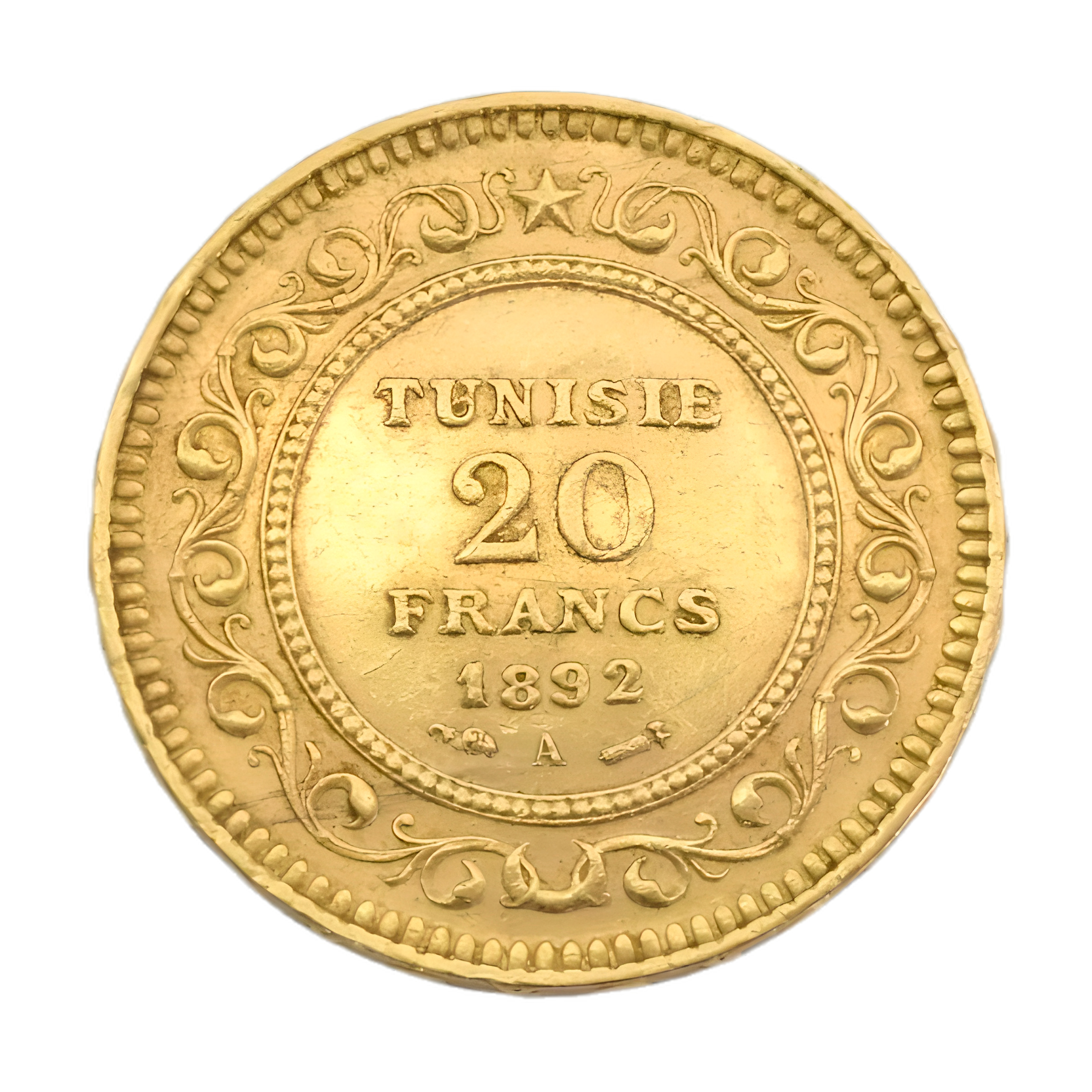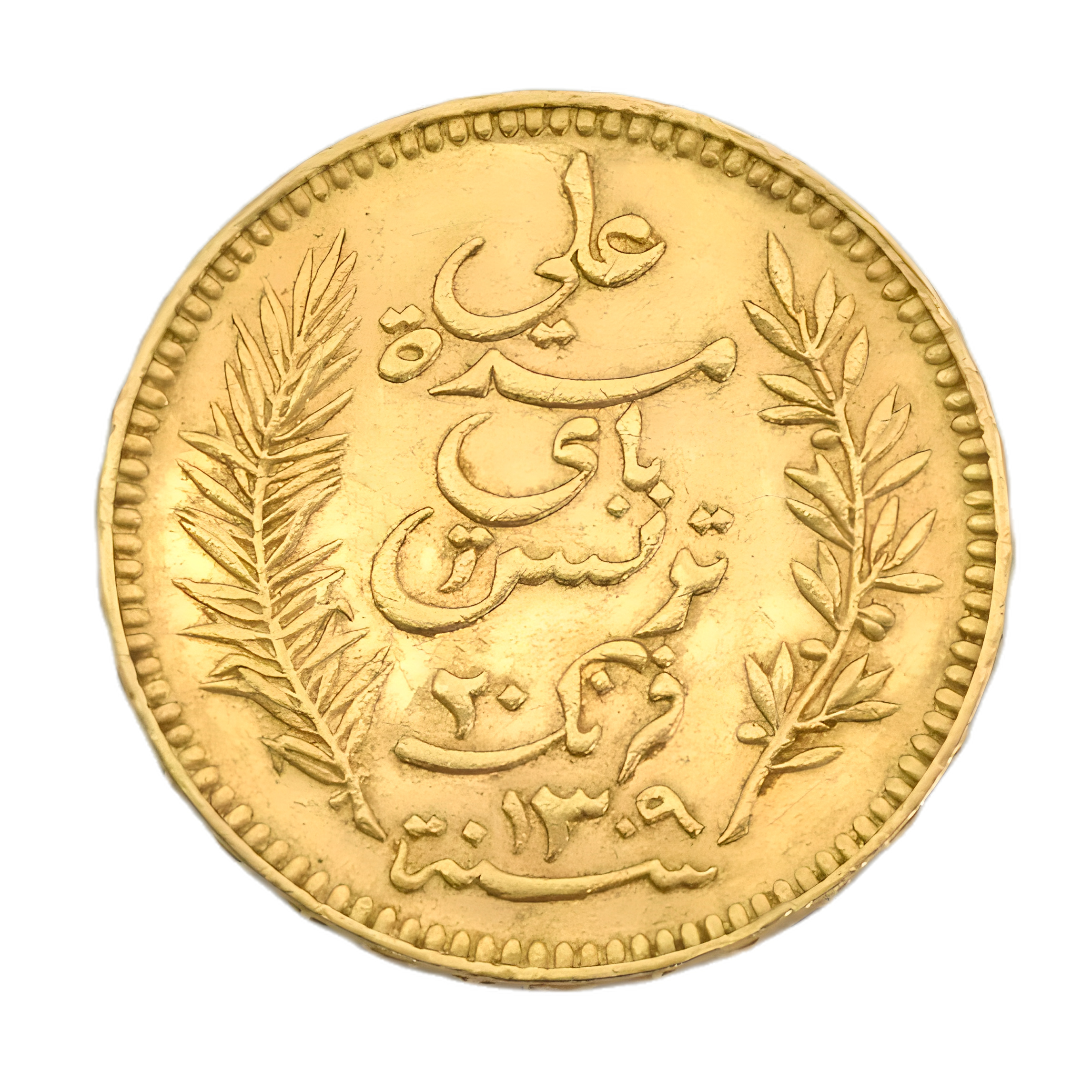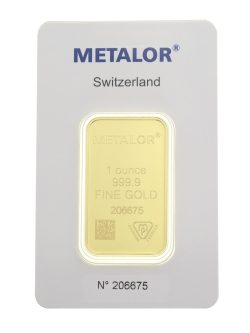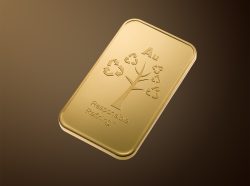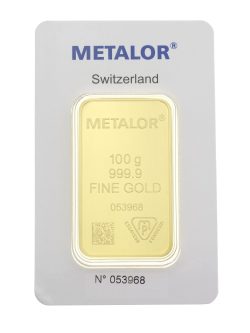Description
Ten years after the establishment of the French protectorate in Tunisia, the Tunisian rial was replaced by the Tunisian franc. The 20-franc gold coins of Tunisia were minted between 1891 and 1928, during the period of the French protectorate (1881-1956). As a result, these coins share the same characteristics as French coins, including size, weight, and fineness, which are comparable to those of the Napoleons. They were issued by the Paris Mint, as indicated by the “A” mark located below the face value, along with the mintage details. The Tunisian franc was discontinued in 1958, replaced by the Tunisian dinar following the end of the protectorate and the establishment of the Fourth Republic of Tunisia. The 20 Tunisian francs are well-known coins among the general public and have a market value closely aligned with that of the Napoleon coins. Each coin has a diameter of 21 mm and weighs 6.45 g, with a purity of 90% gold. On both sides of the coin, inscriptions are presented in two distinct languages: French and Arabic. These inscriptions include the coin’s mintage, its face value, and the name of the country in both languages. The obverse features the “A” mark from the Paris Mint, while intricate arabesques adorn the coin’s outline, reflecting its Arab heritage.

